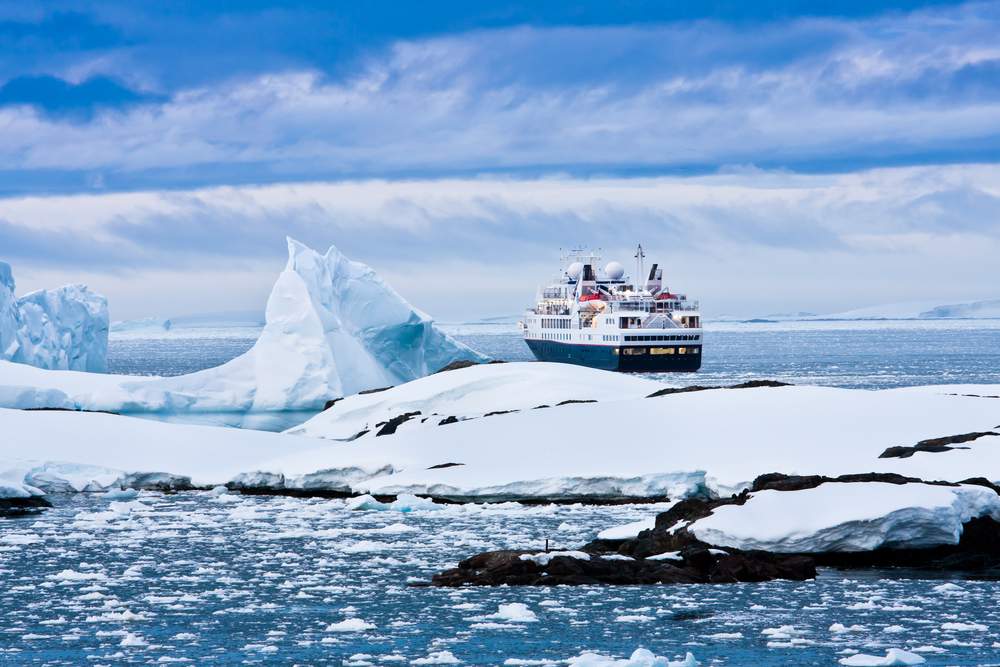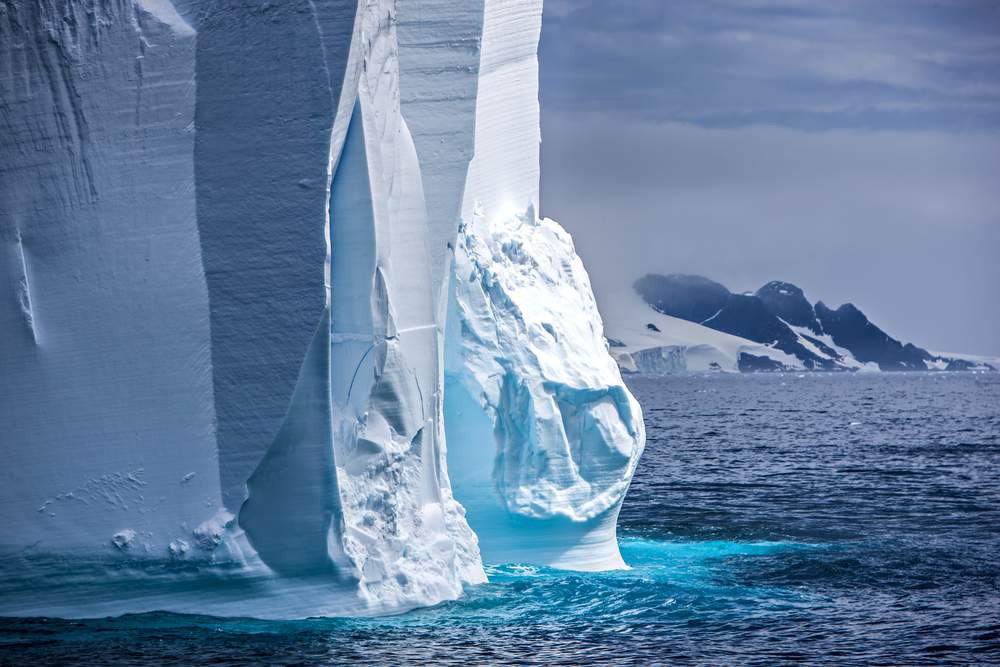This was certainly at the front of my mind when I started to research my own trip. To my surprise however, I discovered that Antarctic cruises not only departed from Australia and New Zealand, but in 5-star, purpose-built ships.
A trip to Antarctica is typically a once in a life time experience so choosing the right cruise is extremely important. But how do you choose the right trip? How do you sift through the various tour operators, itineraries and ship options? It’s not that daunting once you have the right approach.
Here are some tips and insights to help you demystify the almost endless stream of information you will confront when planning your trip to the great, white wilderness of Antarctica.
What’s your ideal Antarctic experience?

Today’s adverts read quite differently and the cruise activities vary so you first need to make a list of what you want to see and do. Most tourists want to see penguins, seals and icebergs. These are pretty much guaranteed, but if you want to see the wildlife up close, make sure your tour does shore excursions.
Something else to consider is crossing the Antarctic Circle (approximately 66° south of the equator). Only once you’re below this imaginary line are you considered to be in the Antarctic. Tradition dictates that the first time you cross the Antarctic Circle, you must pay homage to King Neptune by being hosed down with icy sea water, though thankfully most cruises won’t enforce the rule!
Once your list is complied, rank each item as either “must do”, “nice to do” or “not important”.
You also need to have an idea of your minimum standard of accommodation. Some of the ships are ex-research vessels whist others are purpose-built tourist ships. Therefore accommodation options range from rooms with bunk beds and shared bathrooms to 5-star luxury with private facilities.
Once you have your list of activities, minimum standard of accommodation, budget and time frame, you are ready to start reviewing itineraries. Simply assess each itinerary and eliminate the ones that don’t meet your criteria. Start with cost and duration to create your first short list and then proceed to activities and accommodations to create your final list of options.
To choose the best cruise from there, it’s often best to go with your gut instinct -which tour “feels” better. You can only take the ticking and crossing so far and because travel is an emotional experience, use your emotions to help you make your final decision.
Something that may help you decide is the tour company’s commitment to preserving the Antarctic environment. The International Association of Tour Operators provides operator guidelines aimed at minimizing the impact of tourism. The site publishes a list of members, however, membership however is not mandatory.
The South American experience

Most operators leave from Ushuaia and offer a range of itineraries, some of which may include sub-Antarctic islands. Additional activities such as kayaking, climbing, and scuba diving are available on itineraries to this part of Antarctica due to the more temperate climate of this region. Quark Expeditions and Peregrine Adventures are two companies that offer itineraries ranging from 8 – 31 days costing between $5,500 and $38,000 per person.
There are many sights to be seen on the Antarctic Peninsula including the Lemaire Channel whose waters are often as still as a lake. Deception Island is another unique experience offering up hot thermal waters from its volcanic caldera.
The cruise season runs from October to March. Itineraries deeper into the Antarctic commence later in the season once the winter sea ice has retreated. Two great resources for Antarctic information and a (non-exhaustive) list of cruises by multiple operators are Antarctic Connection and Cool Antarctica.
The Australia & New Zealand experience

Itineraries include the Commonwealth Bay region and may extend as far and deep as the Ross Sea. Shore landings are offered at the French station at Dumont d’Urville and also at Cape Denison, the home of Mawson’s Huts. A unique experience, the interior of these historic huts has been left untouched since Mawson departed in 1914. They have also seen fewer visitors than the top of Mount Everest.
Other wildlife to be seen on trips from Australia and New Zealand includes Fur, Weddell, Crabeater and Elephant Seals; Hooker Seal Lions’ King, Gentoo, Royal, Rockhopper, Emperor and Adelie penguins; and whales and sea birds.
Quark Expeditions, Orion Expeditions, and Heritage Expeditions all offer itineraries departing from Australia and/or New Zealand. The season runs from December to March with trip durations of between 16 and 31 days and prices from $15,000 to $38,000 per person.
Photos by: axily , Volodymyr Goinyk , MarcAndreLeTourneux , Denis Burdin